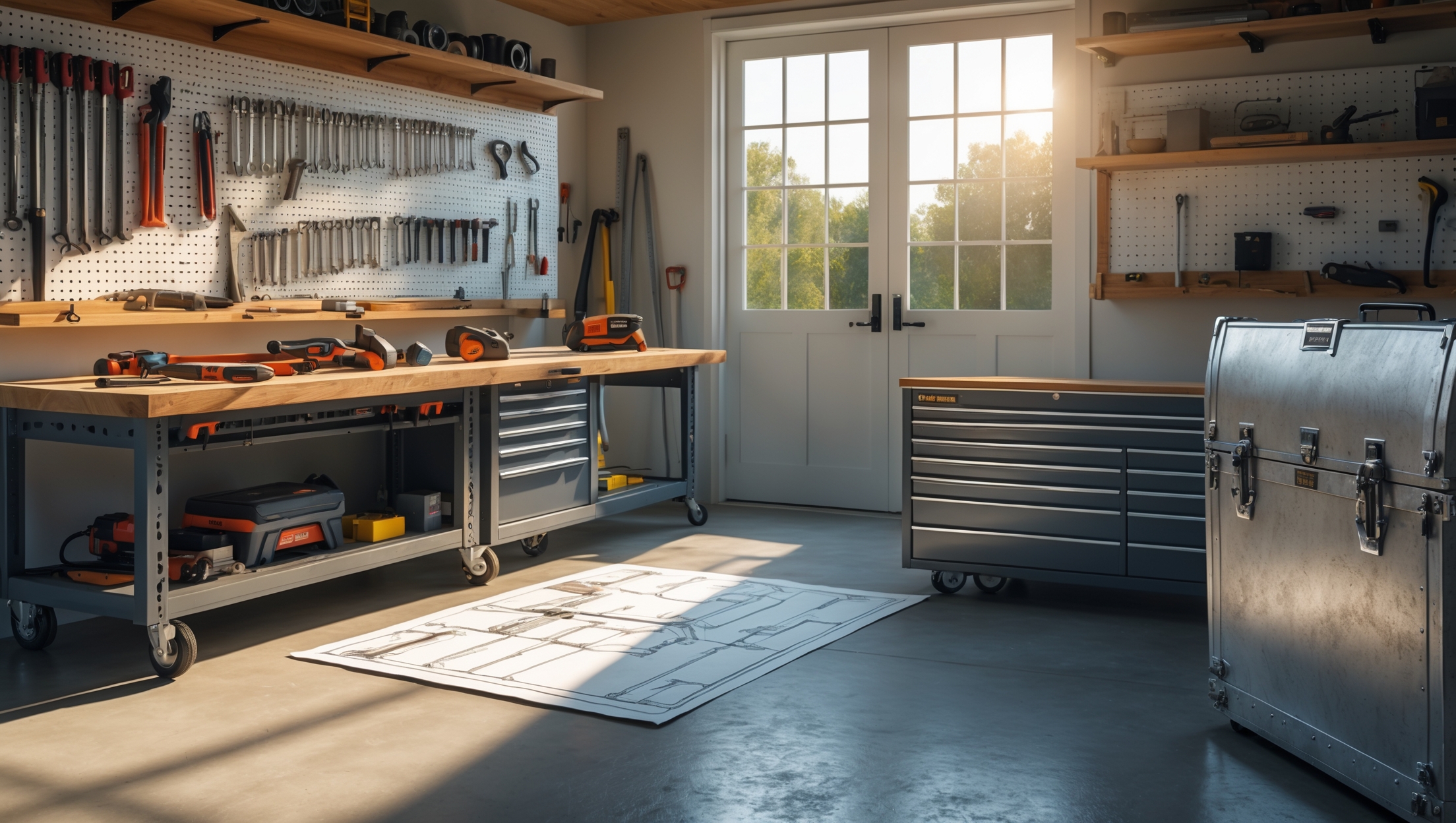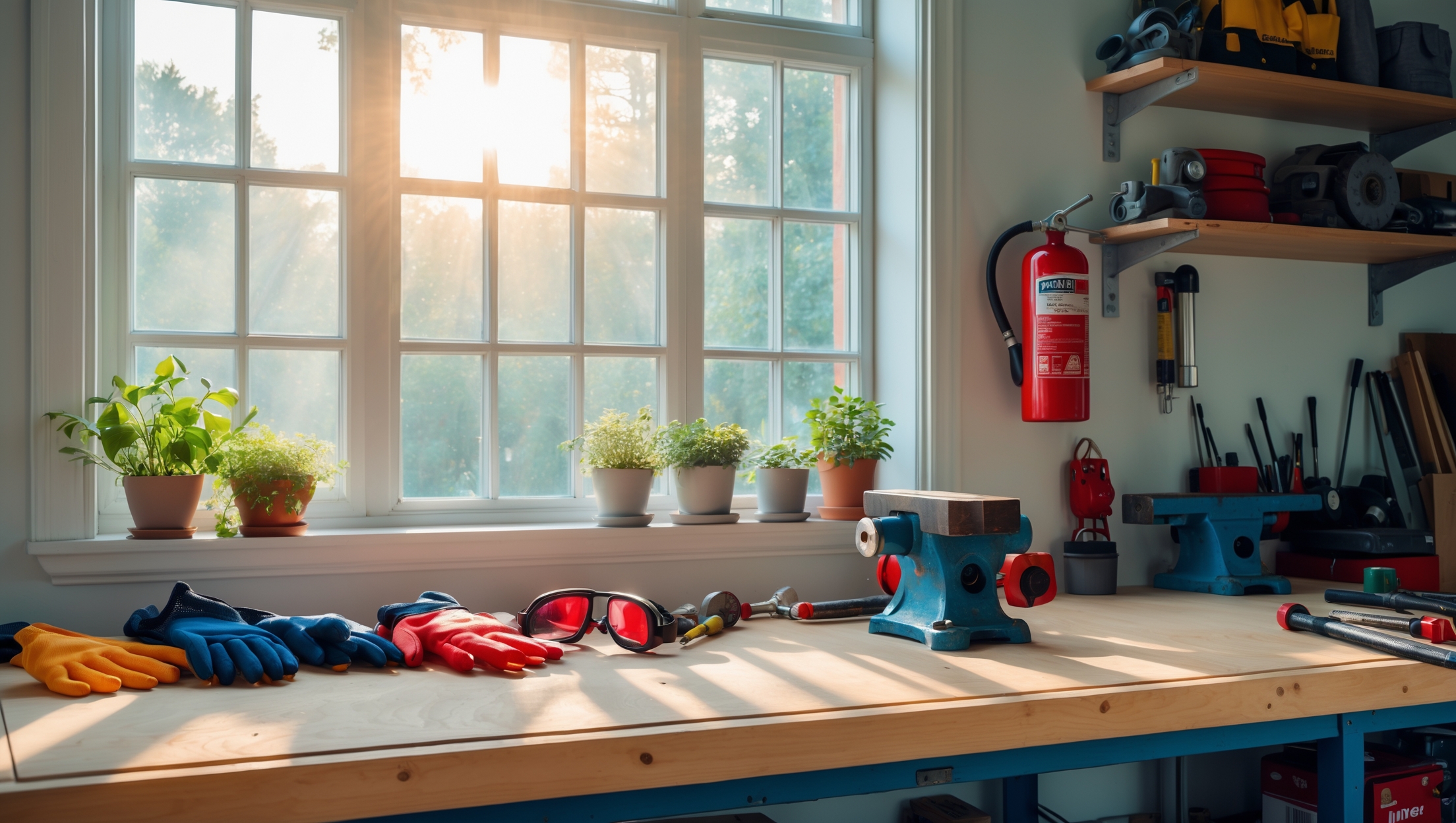Introduction: Why Insulation Upgrades Matter—And How to Avoid Expensive Errors
Upgrading your home’s insulation is one of the most effective ways to slash energy bills, boost year-round comfort, and increase property value. Yet, for many homeowners, this seemingly straightforward project can become a source of frustration, wasted money, and lingering drafts. From choosing the wrong material to overlooking critical air sealing steps, insulation upgrades are riddled with potential pitfalls that can undermine your investment.
This comprehensive guide reveals the seven most common—and costly—mistakes homeowners make when upgrading insulation. Whether you’re tackling a DIY project or hiring a professional, understanding these errors will help you make informed decisions, avoid health and safety risks, and maximize the performance of your insulation. Each section provides actionable advice, practical examples, and essential tips, ensuring your next insulation project delivers on its promise of comfort and savings.
1. Neglecting to Seal Air Leaks Before Adding Insulation
Why Air Sealing Comes First
Insulation slows the movement of heat, but it cannot stop air leaks. Failing to seal gaps and cracks before adding insulation is a critical mistake that leads to persistent drafts, moisture problems, and higher energy bills. Even the highest R-value insulation loses effectiveness if air can bypass it.
Common Problem Areas
- Attic hatches and pull-down stairs
- Electrical outlets and wiring penetrations
- Plumbing vent stacks
- Recessed lighting fixtures
- Gaps around chimneys and flues
How to Properly Air Seal
- Use expanding spray foam for large gaps and cracks
- Apply caulk to seal small seams and joints
- Install weatherstripping around attic access points
- Use pre-cut insulation covers for can lights rated “IC” (insulation contact)
Only after addressing these leaks should you proceed with installing new insulation. This crucial step can improve energy efficiency by up to 20%.
2. Choosing the Wrong Insulation Material for the Space
Understanding Your Options
Not all insulation is created equal. Homeowners often select materials based solely on price or R-value without considering moisture risks, space constraints, or installation complexity. The right choice depends on location (attic, walls, crawl space), climate, and intended performance.
Overview of Common Insulation Types
- Fiberglass Batts: Affordable and widely available, best for open attics and stud walls. Loses effectiveness if compressed or wet.
- Blown-In Cellulose: Good for filling irregular or hard-to-reach spaces. Prone to settling over time.
- Spray Foam: High R-value, doubles as air sealant, but costly and requires professional installation.
- Rigid Foam Board: Excellent for basement walls and exterior sheathing. Needs careful sealing at joints.
- Mineral Wool: Fire-resistant and water-repellent, suitable for soundproofing and damp areas.
How to Match Material to Application
Consult your local building codes and climate zone map. For example, in humid climates, avoid vapor-impermeable materials on the interior side of exterior walls. In basements, opt for foam boards or mineral wool that resist moisture. Attics with irregular joist spacing benefit from blown-in insulation.
3. Underestimating the Importance of Proper R-Value
What Is R-Value?
R-value measures insulation’s resistance to heat flow. Higher numbers indicate better performance. Skimping on R-value might save money upfront but can lead to higher energy bills and reduced comfort.
How Much R-Value Do You Need?
- Attics: R-38 to R-60 (varies by region)
- Walls: R-13 to R-21
- Crawl Spaces/Basements: R-11 to R-25
Check the Department of Energy’s recommended R-values for your zip code. Installing less than the minimum suggested amount is a common budget-driven mistake that reduces return on investment.
Layering and Upgrading
If your home already has some insulation, you may be able to layer new insulation over old—unless the existing material is wet, compressed, or moldy. Always match thickness to achieve the target R-value, and don’t compress insulation to fit.
4. Ignoring Moisture and Ventilation Issues
Why Moisture Management Is Critical
Adding insulation without addressing underlying moisture and ventilation issues can trap water vapor, leading to mold, rot, and structural damage. This is especially risky in attics, crawl spaces, and basements.
Warning Signs to Watch For
- Stains or discoloration on the underside of roof sheathing
- Condensation on basement or crawl space walls
- Musty odors or visible mold
- Frost buildup in attics during cold weather
Best Practices for Moisture Control
- Ensure attics have adequate soffit and ridge ventilation
- Install vapor barriers on the warm side of insulation in cold climates
- Use dehumidifiers in damp basements and crawl spaces
- Seal foundation walls and direct downspouts away from the house
Address these issues before insulating to protect your home’s structure and indoor air quality.
5. Poor Installation Techniques
Common Installation Errors
- Leaving gaps, voids, or compressed areas in batts or rolls
- Failing to insulate around recessed lights, pipes, or ducts
- Improperly sealing the edges of rigid foam boards
- Not installing insulation to the correct depth or density
Professional vs. DIY: When to Hire an Expert
While some insulation jobs are DIY-friendly, others are best left to professionals. Complexities such as spray foam application, dense-pack cellulose installation in closed walls, or insulating around electrical and HVAC systems require specialized knowledge and equipment.
Quality Control Checklist
- Inspect for uniform coverage with no visible gaps
- Check that insulation is not blocking soffit vents
- Verify that vapor barriers (if used) face the correct direction
- Confirm all penetrations are sealed
Take the time to install insulation properly; shortcuts can negate the benefits of even the best materials.
6. Overlooking Safety Precautions and Hazardous Materials
Personal Safety Tips
Insulation work often involves exposure to dust, fibers, and sometimes hazardous substances like asbestos or vermiculite. Protect yourself and your family by following these precautions:
- Wear gloves, long sleeves, and eye protection
- Use a NIOSH-approved dust mask or respirator
- Ventilate the work area
- Wash up thoroughly after handling insulation
Recognizing and Handling Risky Materials
- Asbestos: Common in homes built before 1980, especially around ductwork and old pipe insulation. Disturbing asbestos is extremely hazardous and requires professional abatement.
- Vermiculite: May contain asbestos fibers. If you find pebble-like insulation in your attic, have it tested before disturbing it.
When in doubt, consult a certified environmental professional before proceeding.
7. Failing to Update Documentation and Notify Insurers
Why Documentation Matters
After any major home improvement, especially those affecting energy efficiency or fire safety, it’s important to update your records. Proper documentation can:
- Support future real estate appraisals
- Help qualify for energy efficiency rebates or tax credits
- Ensure insurance coverage is up to date
What to Document
- Receipts for materials and labor
- Photos of installation (before, during, after)
- Product warranty information and manufacturer specifications
Informing Your Insurance Provider
Some upgrades, such as adding spray foam insulation, may affect your home’s fire risk profile. Notifying your insurer ensures you’re properly covered—and may even lower your premiums if the upgrade increases safety and efficiency.
Frequently Asked Questions
How can I tell if my home needs more insulation?
Signs include high heating or cooling bills, uneven indoor temperatures, cold walls or floors, and visible gaps in attic or crawl space insulation. A home energy audit can provide a detailed assessment.
Can I add new insulation over old insulation?
Yes, unless the existing insulation is wet, moldy, or compressed. In such cases, remove and address any underlying issues before adding new material.
Is DIY insulation worth it?
For accessible spaces like open attics, DIY can save money. However, for more complex areas or materials (spray foam), professional installation is often safer and more effective.
Conclusion: Upgrade with Confidence—Maximize Comfort and Savings
Investing in upgraded insulation is one of the smartest moves you can make for your home’s comfort, efficiency, and value. But as this guide illustrates, the path to a well-insulated home is paved with potential pitfalls. By avoiding these seven costly mistakes—sealing air leaks first, selecting the right materials, ensuring proper R-value, managing moisture, installing correctly, protecting your health, and documenting your upgrade—you’ll ensure your project delivers lasting benefits.
Remember, insulation is more than just stuffing material into walls or attics. It’s a system that depends on careful planning, the right products, and attention to detail. Whether you choose to tackle the job yourself or bring in professionals, an informed approach saves you money, improves indoor comfort, and helps safeguard your largest investment—your home.
If you’re unsure where to begin, consider scheduling a home energy audit. The insights you gain can help you prioritize improvements, choose the best materials, and avoid the most common missteps. And always keep safety and documentation top of mind. With the right preparation and knowledge, your insulation upgrade will pay dividends for years to come.



